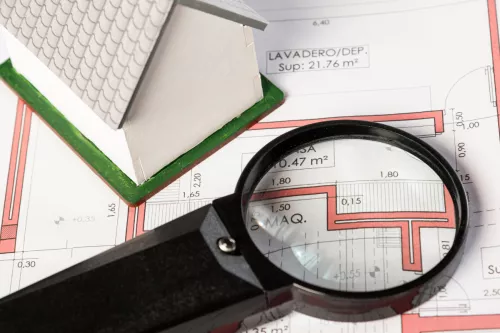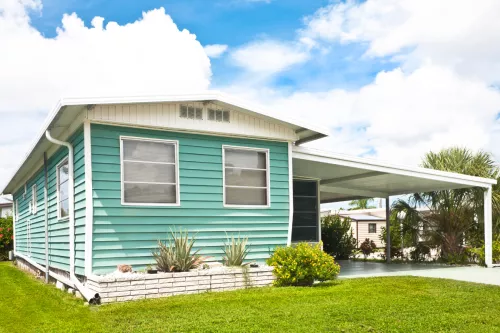Are you considering insulating your garage but overwhelmed by the options and details? There are various methods to effectively insulate your garage against severe temperatures, ranging from basic fiberglass insulation to advanced spray foam options.
The insulation used in your garage is generally similar to what you use in your home to seal air gaps, minimizing the influx of cold air and the escape of warm air. Insulating your garage is a sensible decision, particularly if you intend to heat it. Depending on whether the garage is finished or unfinished, some insulation materials may be more suitable than others.
But, what are the basics of insulation? What are the types of insulations? What are the pros and cons of insulating your garage? These questions and other more will be answered. Just keep reading!
What Type of Insulation is Best for a Garage?
Various insulation options are available for a garage, each designed for specific applications. While some types of insulation are suitable for do-it-yourself projects, others should ideally be handled by professionals. The best type of insulation for your garage depends on several factors, including if you have a garage heater, climate, garage use, and budget. Common options include:
Fiberglass Batts

Fiberglass insulation is the most prevalent type used in garages, reflecting its popularity in home insulation. It comes in pre-sized batts and extensive blankets designed to fit between wall studs and ceiling joists. There's also an option for loose-fill fiberglass, ideal for blowing into the attic space of a garage with a finished ceiling.
Cellulose
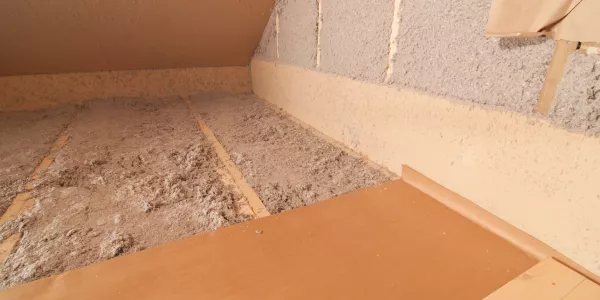
Cellulose insulation, a loose-fill material, is composed of recycled newspapers (among other substances) treated with fire retardant and insecticide. Unlike fiberglass insulation, which comes in batts or rolls, cellulose is not bound together and must be blown into position with a blower.
This necessitates extra materials, such as drywall, to secure it in place. Furthermore, the unbound nature of cellulose insulation makes it well-suited for filling in gaps and hard-to-reach areas in your garage's structure.
Spray Foam
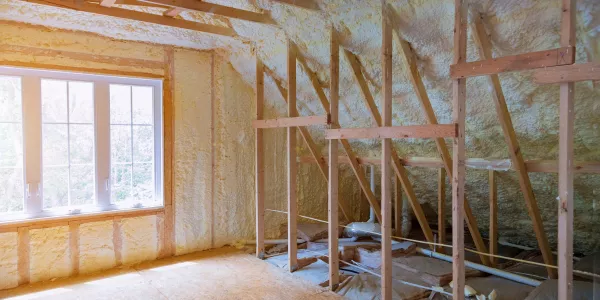
Spray foam is commonly utilized in attics for simultaneous insulation and air sealing, though it's also effective in various other locations. It ranks among the pricier insulation options. This type of insulation is particularly resistant to moisture and excels at preventing humidity penetration.
Rigid Foam Boards

Rigid foam is available in sheets measuring 4 by 8 feet and varying in thickness from 1/2 inch to 4 inches. Its most common forms are expanded polystyrene (akin to Styrofoam), extruded polystyrene, and polyisocyanurate. Offering a high R-value for each inch of thickness, rigid foam can be tailored to fit nearly any area. It's an ideal option for insulating thin walls and garage doors.
How Can I Insulate My Garage Cheaply?
Cellulose, rigid foam boards, and fiberglass roll insulation are the three most favored and cheap materials for garage insulation. Fiberglass roll insulation, which is straightforward to unroll and apply on flat surfaces, can cost you from $0.30 to $1.50 per square foot. It requires installation behind the walls for vertical areas, making it more suitable for garages still under construction.
On the other hand, cellulose insulation, a recycled, loose-fill option, has its pricing ranging from $0.60 to $1.90 per square foot. It can be blown into walls and attics.This quality renders it the perfect choice for garages that are already finished.
Rigid foam, while potentially offering a higher R-value than fiberglass, remains relatively affordable with prices between $0.60 and $2 per square foot, with an average cost of $1.50 per square foot. Composed of polyurethane or polystyrene foam, its appearance is quite reminiscent of the disposable cups from the past. Here are some tips on how to insulate your garage with low budget:
DIY Installation
Handling the installation yourself can save labor costs. Fiberglass roll and rigid foam boards are particularly DIY-friendly.
Seal Gaps and Cracks
Use caulk and weather stripping to seal gaps around doors and windows. This simple step can significantly reduce heat loss.
Choose Economical Materials
Fiberglass roll and rigid foam tend to be the most budget-friendly option.
Focus on Key Areas
If you can't afford to insulate the entire garage, prioritize areas with the most heat loss, like the garage door and external walls.
What is the Basic Insulation for a Garage?
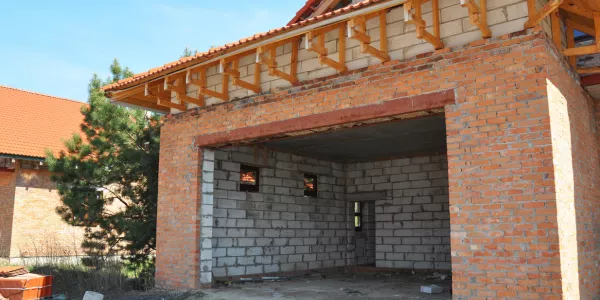
The basic insulation for a garage typically involves a few key types of materials and considerations. It's important to consider whether your garage is attached to your home or detached, as this affects how much and what type of insulation is necessary. Also, if you plan to heat or cool your garage, or if it's just for storage, will influence the type and amount of insulation you need.
Fiberglass Batts or Rolls
This is one of the most common and cost-effective types of insulation. Fiberglass batts or rolls are easy to install in walls and ceilings. They fit between the studs and joists in your garage's framework.
Rigid Foam Boards
These are effective for insulating garage doors and walls with limited space. Rigid foam boards have a higher R-value per inch than fiberglass and can be cut to fit almost any space.
Cellulose
As a loose-fill insulation, cellulose is made from recycled materials and is effective for filling in gaps and covering irregular spaces in walls or attics.
Spray Foam
Although more expensive, spray foam offers excellent insulation and air sealing properties. It's particularly good for hard-to-reach areas and can provide a moisture barrier.
Air Sealing
Beyond just adding insulation materials, it's important to seal gaps and cracks to prevent air leaks. This can be done with caulk, foam sealant, or weatherstripping around doors and windows.
Door Insulation
If your garage has a door to the outside or into the house, ensuring it's well-insulated and sealed is crucial. Foam boards are highly recommended to garage door insulation.
Consideration of R-Value
The R-value is a measure of insulation's ability to resist heat flow. Higher R-values mean more effective insulation. The appropriate R-value depends on your climate and the garage's use.
What does R-Value mean?
When selecting insulation for garages, you'll encounter a term known as R-Value. This metric measures how effectively the insulation can slow down the heat movement, as heat naturally moves from warmer to cooler areas, meaning in winter, heat from your garage seeks to escape, and in summer, outdoor heat tries to get in.
Insulation with a higher R-Value is more efficient in this regard and generally offers better performance, although it often comes with a higher initial cost.
Typically, the R-Value of a material is calculated by dividing its thickness (measured in meters) by its thermal conductivity (measured in watts per meter per Kelvin). The overall R-Value of a structure is obtained by adding up the thermal resistance of each individual layer, the resistance of surface air films, and the resistance of any layers that bridge them.
A higher R-Value means greater insulation efficiency for each inch of material, but it's not always necessary to choose the highest R-Value for your garage. The ideal R-Value depends on your specific needs and location.
Pros and cons of insulating a garage
Insulating your garage can bring several benefits as well as some drawbacks, depending on your specific needs and the way you use your garage. Here's a breakdown of the pros and cons:
Pros
Temperature Control
Insulation helps maintain a consistent temperature in the garage, making it more comfortable in both hot and cold weather. This is particularly beneficial if you use the space for hobbies, as a workshop, or a living area.
Energy Efficiency
If your garage is attached to your home, insulating it can reduce heat loss from your house, leading to lower energy bills.
Noise Reduction
Insulation can dampen outside noise, making your garage a quieter environment.
Increased Property Value
A well-insulated garage can be an attractive feature for potential home buyers, potentially increasing your home's resale value.
Protects Stored Items
Insulation can help protect items stored in the garage from extreme temperature fluctuations, which can be damaging.
Prevents Moisture Buildup
Proper insulation, combined with good ventilation, can reduce the risk of moisture buildup and the associated problems like mold and mildew.
Cons
Cost
The initial cost of insulating a garage can be significant, especially with higher-quality materials.
Space Reduction
Some types of insulation may reduce the usable space inside the garage, which can be a concern in smaller garages.
Ventilation Concerns
Proper ventilation is necessary to prevent moisture problems. Without adequate ventilation, insulation can trap moisture inside the garage.
Professional Installation
Some types of insulation, like spray foam, typically require professional installation, adding to the cost.
Limited Benefit for Unheated Garages
If you don't plan to heat or cool the space, the benefits of insulation can be minimal.
Maintenance
Some insulation materials may require maintenance or replacement over time, especially if they become damaged or wet.
Should I insulate my garage door as well?
Yes, insulating the garage door is a great call. If overlooked, a substantial amount of heat can pass through the door, greatly affecting the temperature inside the garage.
Various methods exist for insulating garage doors, with many homeowners choosing insulation kits that include fiberglass sheets encased in vinyl. Alternatively, rigid foam is an excellent choice for garage door insulation due to its ability to be custom-cut to fit each door panel.
What are the garage insulation areas?
Consider insulating these areas in your garage:
The ceiling
The garage ceiling should be insulated especially if it's under a room in your house or an attic that connects to other parts of your home.
Walls
Any garage walls that share a boundary with interior rooms of your house. These areas are key for maximizing energy efficiency.
For attached garages where you don't intend to use heating or cooling, it's sufficient to insulate just these mentioned areas. However, if you plan on heating or cooling your garage, you might also want to insulate garage walls that don't connect to your home's interior living spaces or attics, the garage door itself and the floor of your garage for additional thermal protection.
People also ask
Should You Insulate Your Garage?
That will depend on your needs. If your garage is finished and heated, and how you use it. But in general, insulating your garage helps in managing humidity, since fluctuations in temperature can result in humidity and moisture accumulation in garages, potentially causing mold or mildew over time.
Insulation helps stabilize temperatures and control humidity levels. And also in saving energy, as adding insulation to an attached garage can enhance the overall energy efficiency of your home.
Do I need a vapor barrier for my garage insulation?
Most opinions converge on the idea that unheated garages with insulation should have proper ventilation. If the garage is heated and/or if you use fiberglass batts, a vapor barrier becomes necessary to prevent issues like frost and mold formation.
Can I insulate a detached garage?
Yes, you can insulate a detached garage just like an attached one. The principles and materials remain the same. Adding insulation to a detached garage can stabilize temperature fluctuations within the structure, regardless of whether extra heating or cooling systems are used.
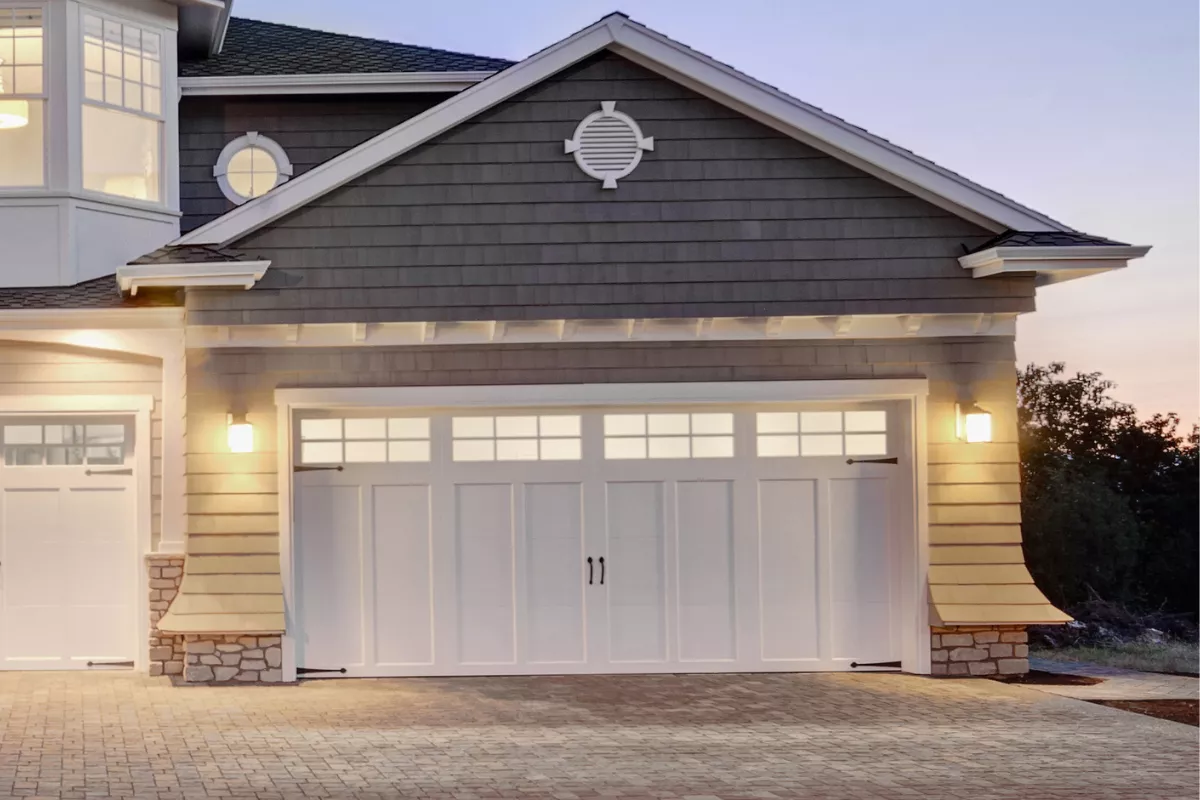
 Marcio Vasconcelos
Marcio Vasconcelos
